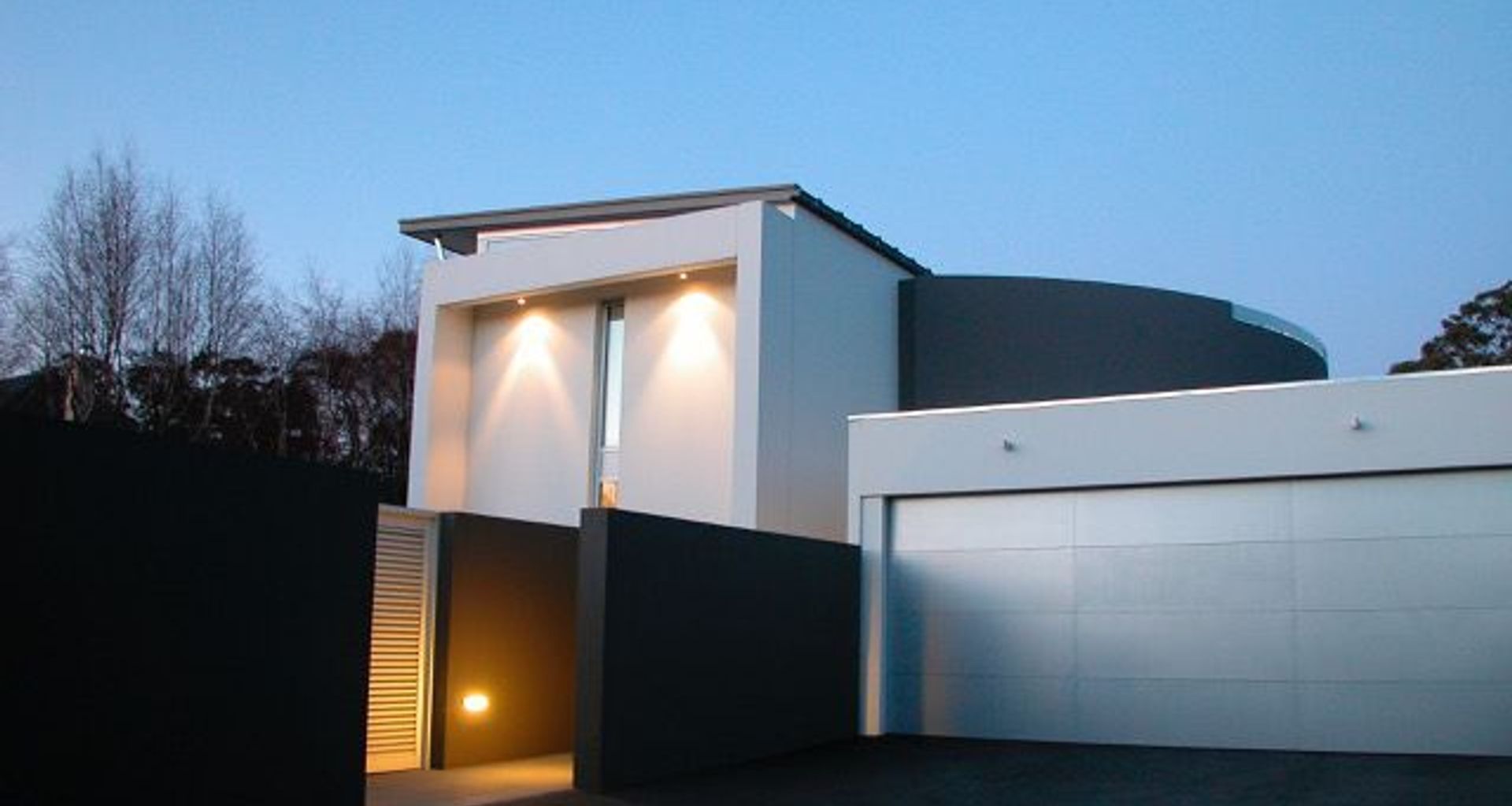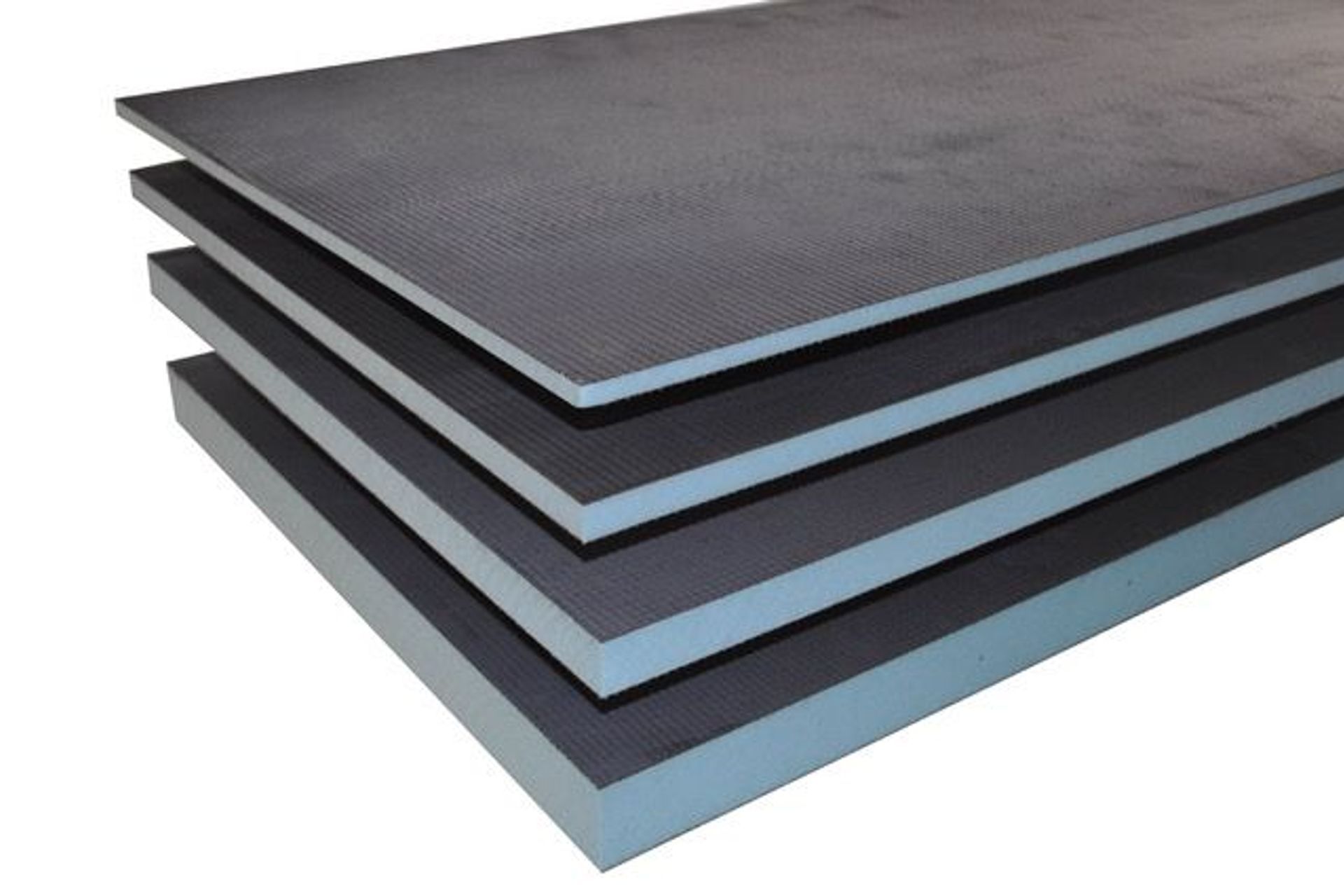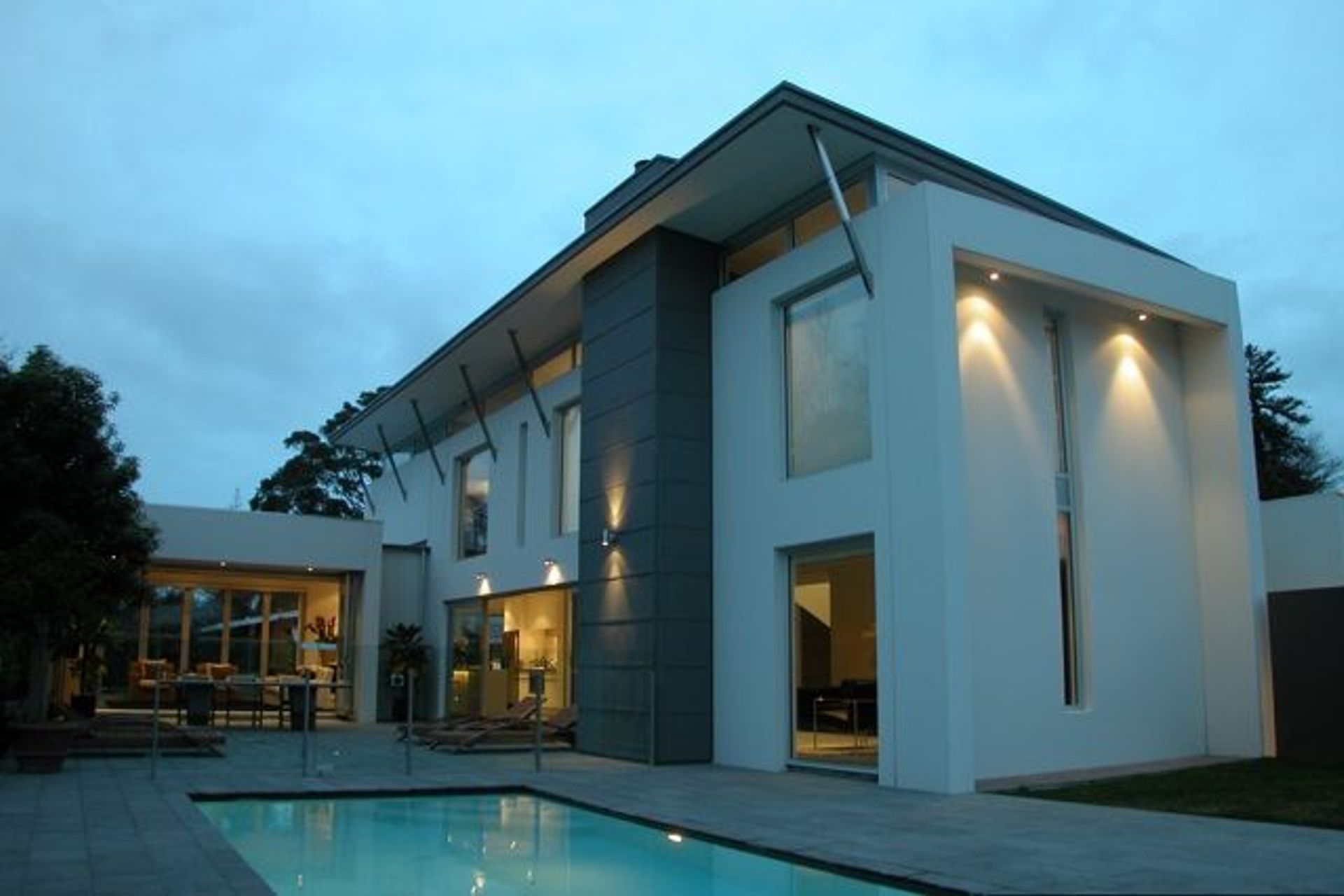The rise of rigid insulation
Written by
16 July 2019
•
4 min read

Thirty years ago, the options for insulation were limited - restricted simply to glass wool insulation installed between the framing. Now that’s changed significantly. We spoke to Composite Insulation about why rigid insulation continues to replace glass wool insulation in high performing buildings.
Sustainability has arguably never been more important, and in terms of the construction industry, it has become much more than simply a concept; it is a reality central to the way we design and build.
With many green building ratings now in place, and a stronger-than-ever desire to design buildings that perform well and require less mechanical heating and cooling, insulation is now at the forefront of the sustainability conversation.
“If you insulate well, a building will use less energy over its lifetime placing less burden on resources and creating healthier internal environments,” Composite Insulation’s Alan Freeman says.
“When you make a building as efficient as possible, there is less - or no - need to massage the internal air to get it to a certain temperature. Over the lifetime of a building this has a huge impact on the amount of external resources required.”
Composite Insulation opened its doors in Christchurch in 1989, introducing rigid insulation to a market where glass wool insulation wase the only option. “Rigid insulation boards were a completely new concept in New Zealand and it took time for the market to understand the benefits of the material,” Alan says.
Thirty years on and rigid insulation boards play a key role in the New Zealand insulation market, with their popularity unparalleled in central Otago. “In this region in particular where there are a lot of high end builds and overseas owners, people have and continue to expect a higher level of insulation, similar to what they may have as standard overseas. That demand has seen us grow exponentially over the years and we’re now operating New Zealand-wide with more demand for these products than ever before.”
Rigid insulation works differently to glass wool insulation or foam insulation; it’s key benefit the much lower conductivity. “The lower the conductivity of a material, the less heat moves from one side of it to the other,” Alan says. “In terms of performance, rigid insulation boards outperform glass wool insulation at any given thickness.”
The other benefit of rigid insulation is the lack of thermal bridges. “This is very different to traditional glass wool insulation and other insulation products that are installed between the framing,” Alan says. “While rigid boards must be designed into the build, once installed there aren’t any thermal bridges like there are with other insulation simply because they create a solid, unbroken insulation surface.”
Composite Insulation offers three main types of rigid insulation: XPS extruded polystyrene; PIR insulation and Thermomass ICP, which is an insulated concrete panel system. “The largest use of rigid insulation in New Zealand is under concrete floors with heating systems installed. Used in this way, the insulation is particularly effective at ensuring heat isn’t lost below the floor.”
Rigid insulation is also used widely in skillion ceilings - those that follow the roofline. “A lot of modern buildings don’t have a ceiling cavity because people want rooms that feel spacious so the ceiling follows the roof line to create this sense of height and space. Buildings designed in this way generally don’t have room for glass wool insulation or foam insulation to be used so in many cases 100mm rigid boards are specified, providing an extremely effective insulation solution.
“Installed correctly, clients can expect our products to last the lifetime of the building without losing their insulating qualities over time.”
If you’re exploring insulation options or about to embark on a build with sustainability in mind, make sure you visit Composite Insulation on ArchiPro here to see how you could incorporate rigid insulation into your project.


